- S.n. , s.l. [1810-1812], in-8 (18,5x23,5cm), (1f.) 2 f. découpés (78f.), broché. - La Fête de l'amitié. Unique complete autograph manuscript [The Friendship's Party] [Charenton asylum] n. d. [ca. 1810-1812], in-8: 18,5 x 23,5 cm , (1 f.) 2 f shaved (78 f.), original wrappers The complete original manuscript of the last play by the Marquis de Sade, ruled in red throughout, comprising 78 leaves of 12 lines written recto and verso. This manuscript, like the other extant items from the Marquis, was dictated to a scribe and corrected by Sade himself. Two pages at the beginning of the notebook were excised before the text was written. Contemporary pink paper wrappers, a few lacks to head and foot of spine. Ink title to upper cover "5/ La Fête de l'amitié" including a prologue and a vaudeville sketch entitled Hommage à la reconnaissance, these forming two acts of mixed prose, verse, and vaudeville. This title is incorrect, as shown by the first page, on which the following title appears: "La Fête de l'amitié. Prologue. Encadrant l'Hommage à la reconnaissance. Vaudeville en un acte." Manuscript note by the Marquis to verso of upper cover, indicating the position he intended this work to occupy within his oeuvre. Several manuscript corrections, annotations and deletions in Sade's hand, including a quote from his own work as prelude to the vaudeville: "On est des dieux l'image la belle quand on travaille au bonheur des humains. Hommage à la reconnaissance. [We are in the finest image of the gods when we work for the good of humanity. Homage to recognition.]" "This piece, written by the Marquis in honor of the director of the Charenton Asylum, M. de Coulmiers, was played in the Charenton theatre between 1810 and 1812, approximately a year before the total ban on the plays there was introduced on the 6 May 1813. This late work is the only play of Sade's entire theatrical output at Charenton that has come down to us." The play is historic testimony of Sade's genuine respect - despite the inevitable tensions - for the director of his final home, whom the play lauds under the transparently anagrammatic name of Meilcour. But La Fête de l'amitié is also, by its very subject, a precious source of information on the progress of psychiatric medicine, just freeing itself from its repressive accoutrements in favor of new therapeutic methods, like the drama productions to which Sade contributed heavily and to which he here pays singular homage. The piece is particularly Sadean in its approach of casting madness not in the negative form of an illness, but quite the opposite, through the character of the benevolent God Momus, the focal point in this atypical vaudeville. Essentially, though the feast the play describes is a celebration in honor of the director of an asylum similar to Charenton located in ancient Athens, the central figure is the god of insanity himself, whose presence completely upends the relationship between the sane and the sick - much like with the players in the production itself, in which you couldn't distinguish the professional actors from the inmates of the asylum. The whole production, including both song and dance, is made up of two plays - a prologue/epilogue, La Fête de l'amitié, followed by a vaudeville: Hommage à la reconnaissance, played by the same characters as the prologue. The complete production was played at the "festival for the Director." Each dramatic layer is an allegorical variant on the real situation and there's no doubt that the actors, as they got deeper and deeper into the piece, were still playing their own parts. The work of a polished writer in full control of his subject and all the various dramatic and narrative tools, this seemingly frothy piece - by virtue of belonging to the literary genre of homage, which is very conventional and strictly codified - nonetheless contains the subversive elements so dear to the Marquis. And it's also a man who has suffered the regular confiscation and destructio
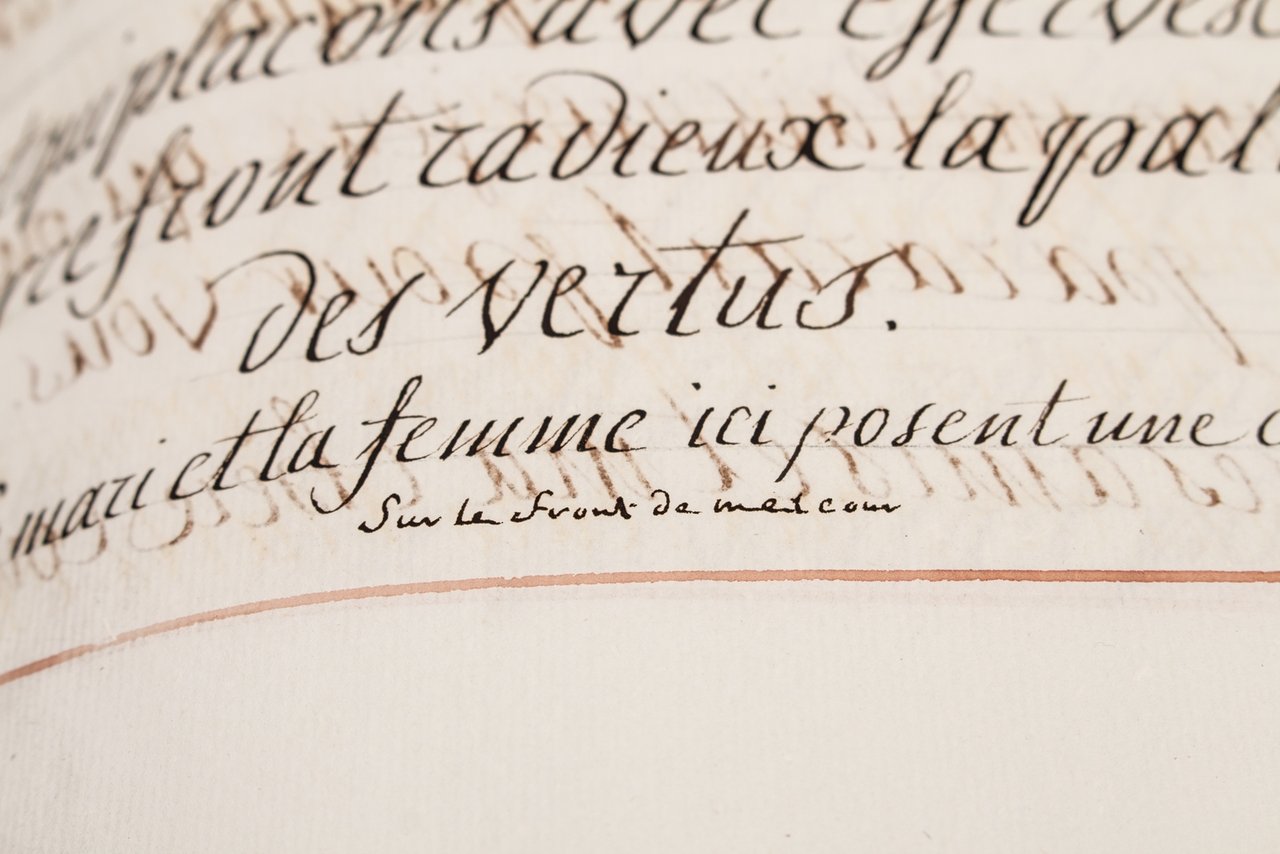
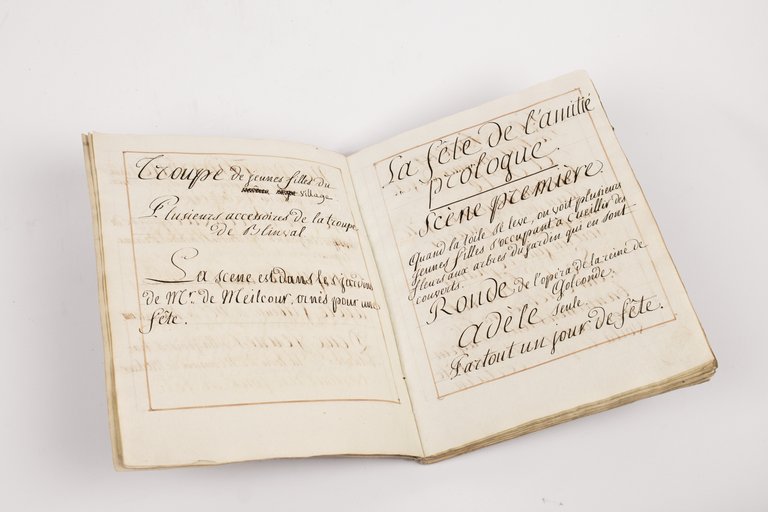
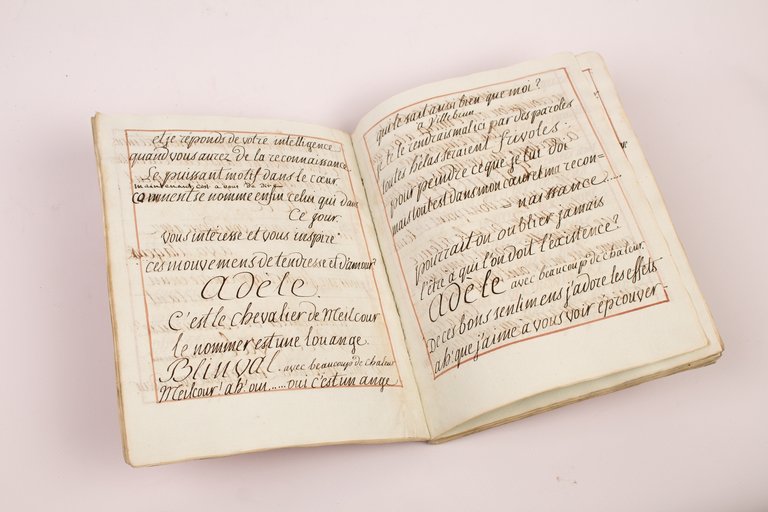
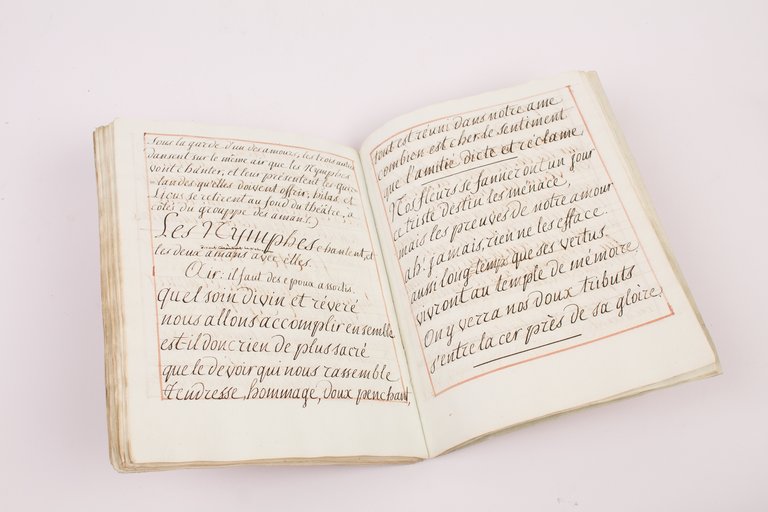
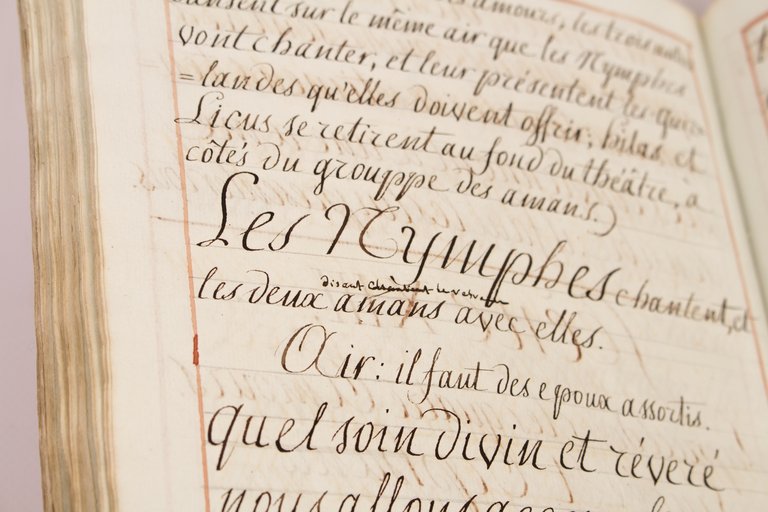
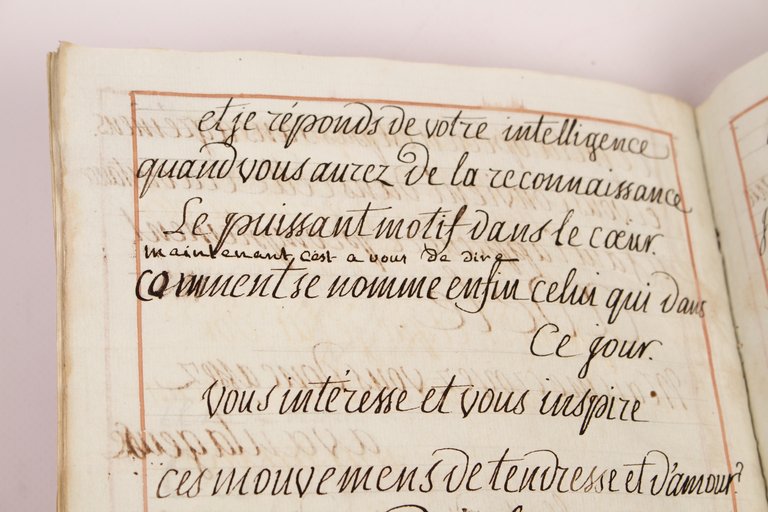
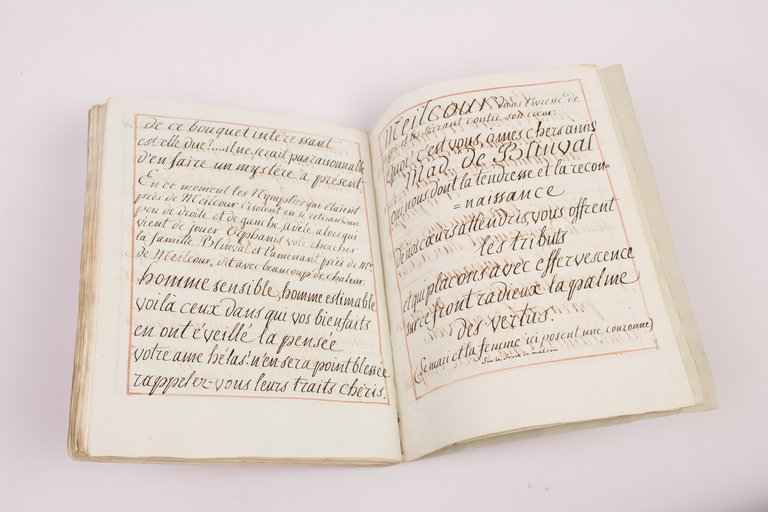
Découvrez comment utiliser
Découvrez comment utiliser
